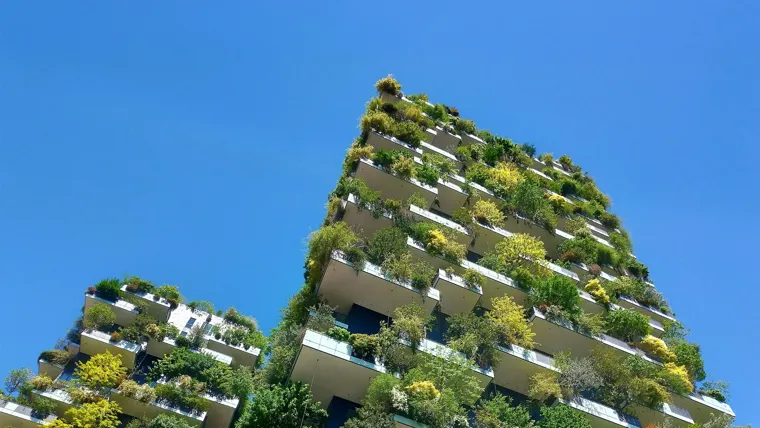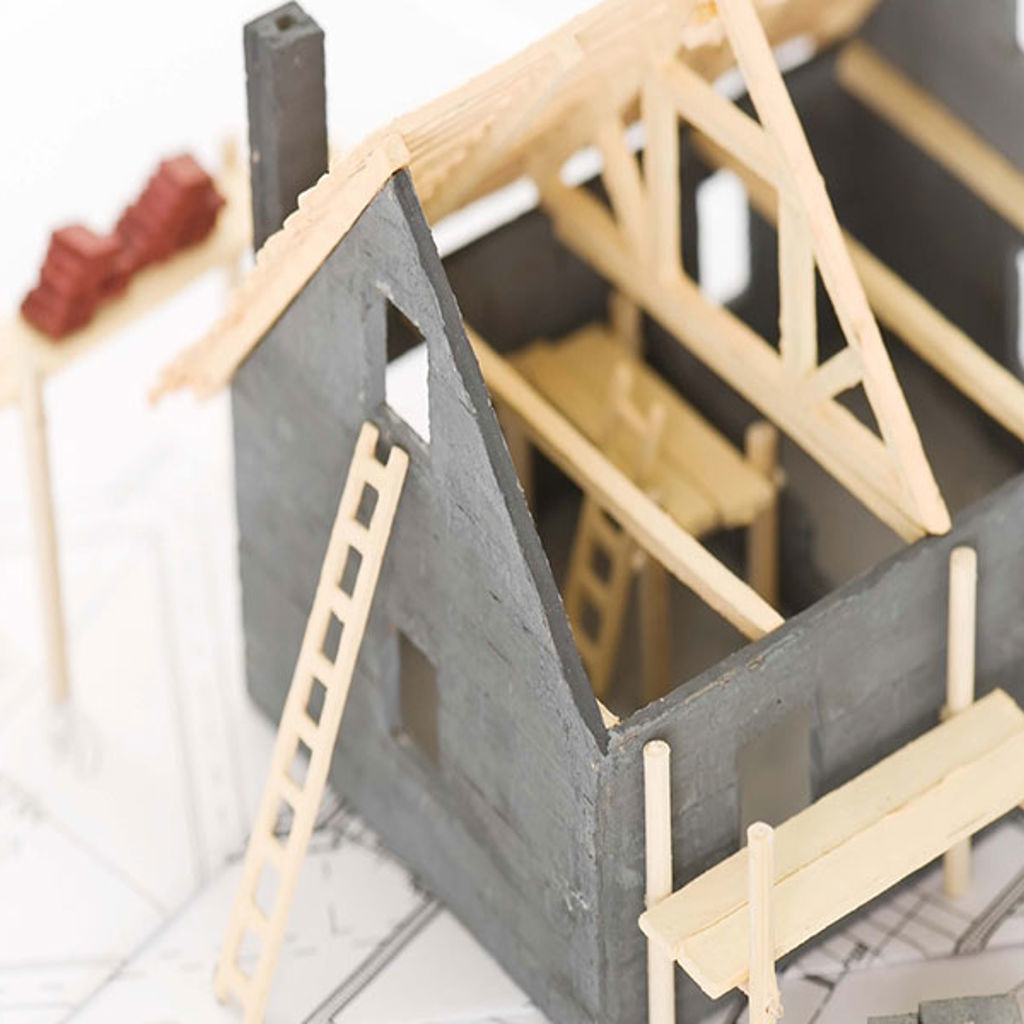Buildings must enhance nature, not harm it, construction industry told at COP16
The built environment sector is one of the most damaging to nature and biodiversity. Together with the WBCSD, Arup has launched a new report at COP16, demonstrating that measuring and monitoring ‘whole-life nature impacts’ are essential first steps to reducing the impact of buildings on the natural world.

Last updated: 24th October 2024
With an area the size of Paris being built every week, the built environment must change its impact on nature, argue the authors of a new report launched at the UN’s biodiversity conference, COP16.
The built environment industry is one of the three most damaging sectors of the global economy to nature – along with agriculture and energy. It is responsible for nearly 30 % of biodiversity loss, 50% of global raw materials extraction, 40% of waste streams, and 40% of CO2 emissions globally.
The World Business Council for Sustainable Development (WBCSD), in collaboration with its members and supported by global sustainable development consultancy Arup, has launched new research on how to measure and monitor the nature impacts of buildings across their whole lifecycle. Exploring Nature Positive Buildings shows real estate developers, building designers, and others in the built environment sector the first steps towards assessing the ‘whole-life nature impacts’ of buildings.
Land conversion for new buildings can have a huge impact on endangered species and nature. But the report also highlights the vast impact of building developments on the natural world from the extraction and processing of raw materials – often thousands of miles away from the building itself. It shows these ‘embodied’ nature impacts are not yet fully understood or measured by built environment professionals.
Mining and quarrying of raw materials alone directly affect almost 13,000 species. And transporting materials like steel has a major pollution impact because they must be moved huge distances to building sites around the world. The processing of these materials can lead to pollution that further contributes to the decline of nature.
Authors of the report stress that this must change if the world is to reach the ambitions of the Kunming-Montreal Global Biodiversity Framework (GBF). At COP15 196 countries established the goal to halt and reverse global nature loss by 2030 as an equivalent to carbon emissions reduction targets.
Measuring the whole-life carbon impact of buildings on carbon emissions is much more advanced than equivalent nature assessments. The report demonstrates how many measures taken to reduce carbon impact can also help protect nature – like prioritising building retrofit over new build, promoting circular design that reuses materials, and practising sustainable procurement.
Roland Hunziker, Director for Built Environment at the WBCSD, said: “The globalization of the extraction and transport of construction materials means that a new building can impact nature thousands of miles away from its site.
“We need to begin to measure these upstream impacts in order to reduce damage to nature caused by construction activities worldwide.”
Sarah Gillhespy, sustainable development expert at Arup, said: “Our industry is only just starting to understand its true global impact on nature. Creating truly nature positive buildings is a daunting goal, but it’s the level of ambition that is necessary if the industry is to play its full part in reversing the alarming decline in nature.
"Measuring and monitoring the impact of buildings on nature across their whole life cycle is a vital first step – not just for the site of a building but also thousands of miles away where the raw materials for it are being extracted and processed.”
The report sets out four key messages for real estate developers and building designers to reduce the impact of buildings on nature:
- Think global – It’s vital to acknowledge the significant impacts that occur away from the site associated with the extraction and processing of construction materials.
- Think whole life cycle – Embodied nature impacts across the whole life of the building must be considered; alongside potential nature impacts that occur on-site.
- Take immediate action – There are clear actions that built environment professionals can take now – like using circular economy principles to reduce the extraction of raw materials.
- Engage with the value chain – The nature impacts of buildings are not yet fully understood, so it is important the sector works together to change standards, advocate for changes to policy, and accelerate change.
The report also shows how to reduce the nature impact of three widely used building materials: steel; timber; and concrete. From reclaiming previously used steel and concrete, to avoiding unsustainable logging through certified tools, it demonstrates the action the industry can take now to immediately help protect nature.
And the report author’s call out best practice examples around the world of buildings using innovative solutions to protect nature:
- 1 Triton Square, London, UK: this retrofit project used circular economy principles to reuse over 3,000m² of an existing structure and facade – including limestone, concrete, and steel – to reduce damage to nature from resource extraction
- Habitat Royale, Amsterdam, Netherlands: to facilitate a net gain in biodiversity on and around the site, the building is connected to open green spaces of Beatrixpark. Featuring a nursery, orangery and many other microhabitats, including a flower garden, bat attics, woodland and water structures, Habitat Royale intends to connect natural elements with the residential community.
- Haller Park, Kenya: After 47 years of rehabilitation and conservation efforts, Holcim Group has transformed the wastelands around its cement operation in Mombasa, Kenya into a self-sustaining ecosystem. Previously a barren wasteland flanked the coral limestone quarry, but it now has more than 400 species of indigenous trees, shrubs, and lianas.
Climate and sustainability consulting at Arup
We help organisations evaluate the specific climate and sustainability issues they are facing now and in the future.
News
Explore more climate & sustainability news
Arup and Autodesk team up to accelerate industry-wide collaboration
17th June 2025

Arup partners with USGBC-CA to launch California Wildfire Rebuilding Guide
7th April 2025

Climate Change Committee appoints Arup to lead research into national urban heat modelling, health impact and economic analysis
30th September 2024

Arup unveils REDi for Flood
4th December 2023

Looking for a media contact?
Access our brand assets
You can access our brand assets including logos, guidance on use of our logo and other useful assets


